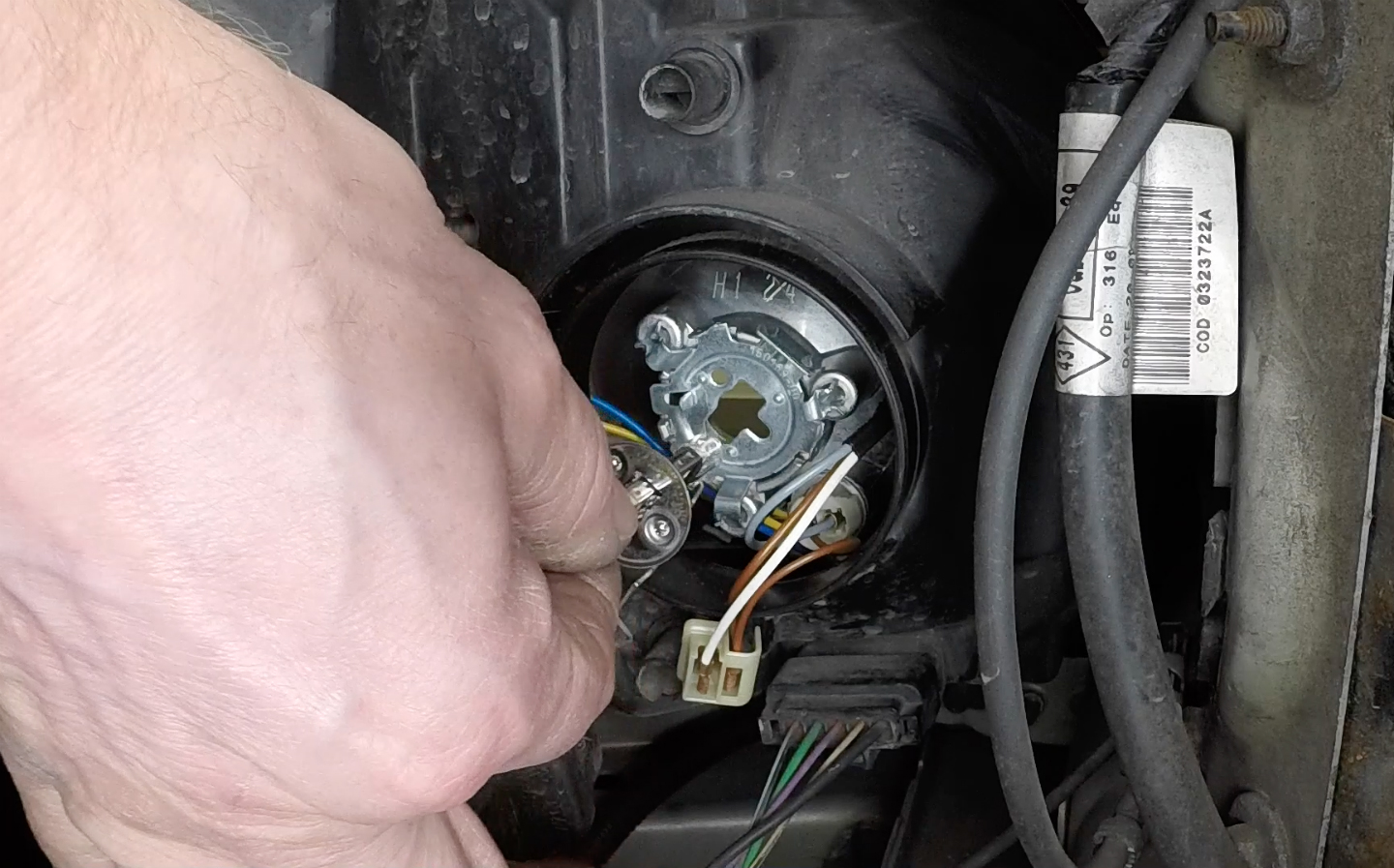Haynes How-To: change a headlight bulb
Save some cash, and stay safe and legal with this simple job
Sections
- How headlights work
- When to replace a bulb?
- Do headlight bulbs deteriorate over time?
- Cost of new headlight bulbs and which does my car need?
- How to change a headlight bulb, step-by-step
How headlights work
All cars have sidelights and headlights. Older and cheaper cars tend to use halogen bulbs which are straightforward to replace.
This task requires no experience and few, if any, tools, and will take a matter of minutes to complete.
Newer, or more expensive models feature bulbs filled with xenon gas, which gives a brighter, whiter light. These are often called Xenon lights, and are also known as high intensity discharge (HID) lights.
However, it’s important drivers treat such systems with caution: high voltages produced by HID systems can be fatal in the event of a shock. And the voltage can remain in the circuit even after the headlight switch has been turned off and the ignition key has been removed. Therefore, for safety, we don’t recommend that you try to remove one these headlight housings.
Instead, have this service performed by a dealer service department or other independent garage. Alternatively, Halfords offers a bulb-fitting service for £8.
When to change a car’s headlight bulbs
The obvious time to change a headlight bulb is when it stops working. Without a full set of functioning headlight bulbs you’re making night-time driving more difficult for yourself and aren’t making yourself as visible to other road users and pedestrians.
You also risk being pulled over by the police. Assuming this is the first time you are stopped for the fault, you will be handed a ‘vehicle defect rectification notice’ which gives drivers 14 days to prove to police that they have had the required repair made, such as by presenting the vehicle or a receipt for work carried out.
Do headlight bulbs deteriorate over time?
Over time and after prolonged use, the lighting performance of a halogen bulb will reduce. This is because the filament deteriorates gradually. So if a car’s headlamps haven’t been replaced for a number of years, it can be a good investment to change them. At the same time, the technology behind bulbs has led to improvements in lighting performance, so it’s possible that drivers could benefit from an improvement in light of 100 per cent or more.
The cost of replacement bulbs and which does my car need?
Bulbs can cost from a few pence to more than £100. It’s important to be aware there aren’t only different manufacturers of bulbs and lights with varying wattage, but very particular fittings that dictate compatibility with a car.
There are several simple ways to check which bulbs fit your car. Some cars’ handbooks will give details of the type of bulb needed, and the process of changing a bulb. Alternatively, call a franchised dealer and speak with a service advisor, or visit an online retailer, such as Halfords, Autobulbdirect or Eurocarparts. These allow you to enter the registration of the vehicle, or select the make, model and year, and match a range of compatible bulbs to your car.
How to change headlight or indicator bulb
Work time
- Around 5 mins
Parts that you may need
- Replacement bulb
Changing a bulb: step-by-step
Read the vehicle handbook
If needed, refer to the full haynes.com/ondemand service. (There may even be a video tutorial) to see if further dismantling is required
- Open the hood and locate the back of the headlight housing
- Remove any cover and locate the blown bulb. You may need to twist out the connector, or release spring levers and disconnect the electrical connectors
- Remove the bulb. Install the new bulb – being careful not touch it with your skin. The oil left from your skin will heat up on a lit bulb and cause damage to the glass.
- Check the new bulb is securely connected then return in the headlamp unit, fasten it securely and replace any cover
- Check that the bulb works correctly





